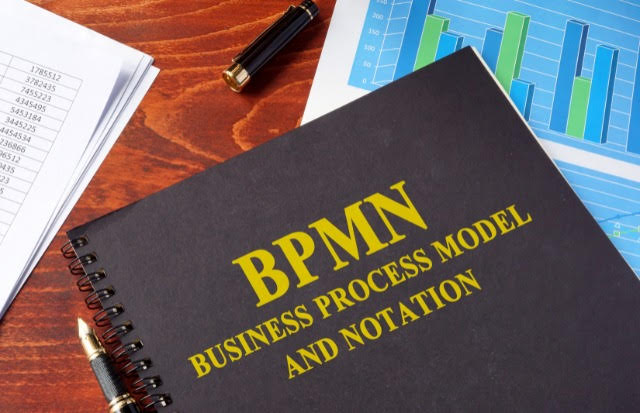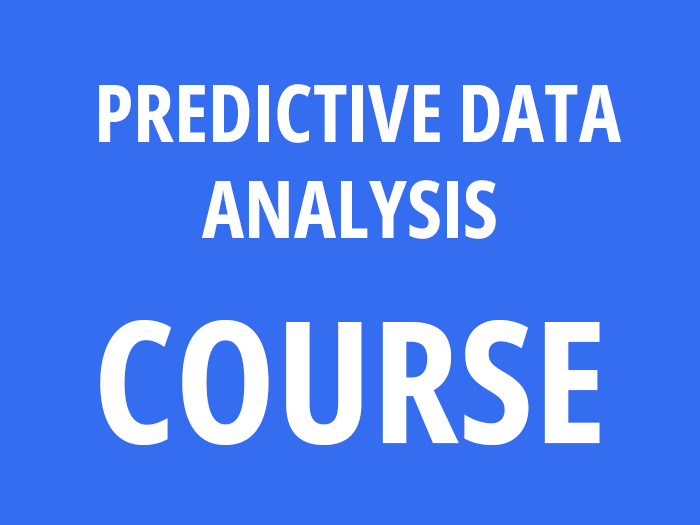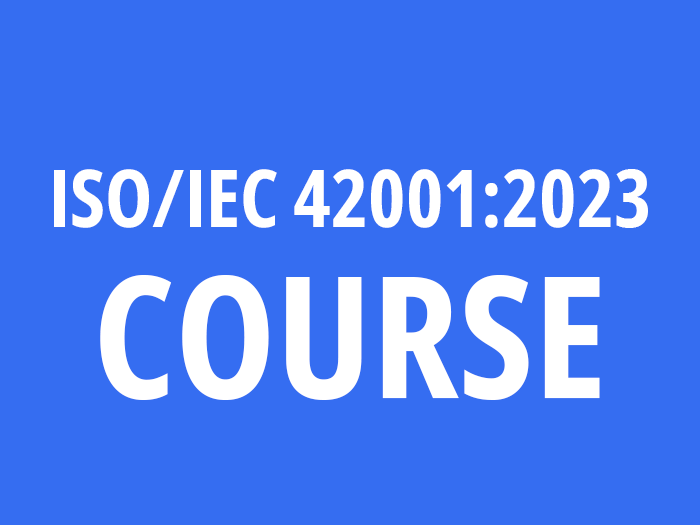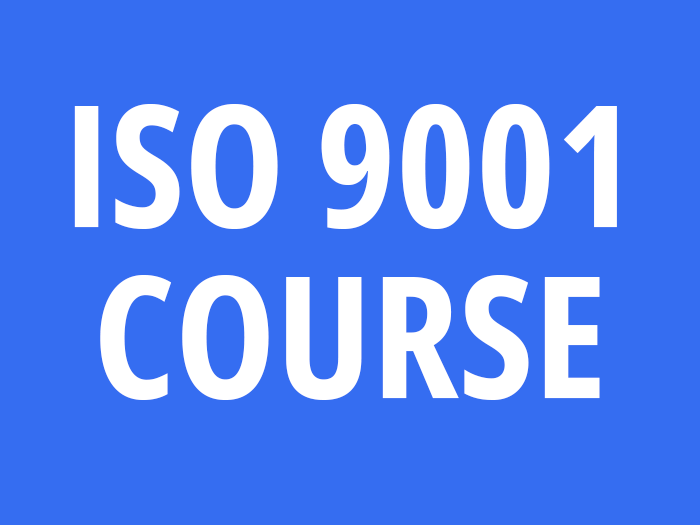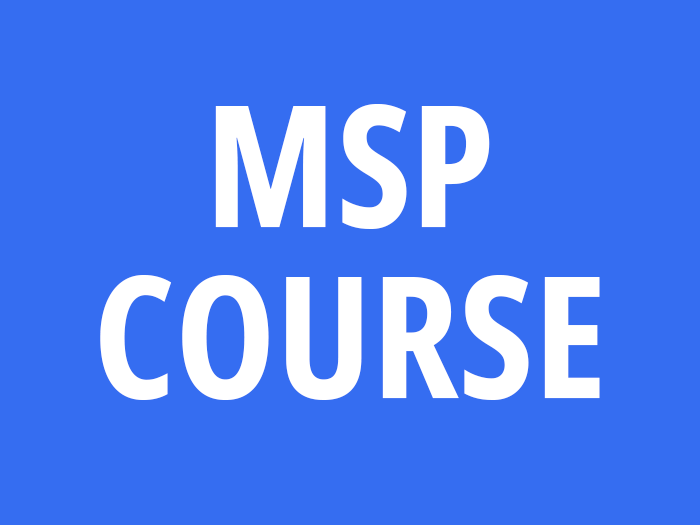Purpose
Unlock the power of Business Process Model and Notation (BPMN 2.0) and Decision Model and Notation (DMN) to design, model, and optimize business processes with clarity and precision. This comprehensive training is tailored for professionals looking to bridge the gap between process modeling and workflow automation.
Whether you’re a beginner or an experienced professional, this course covers everything from foundational concepts to advanced techniques, empowering you to handle complex business processes and integrate decisions seamlessly into workflows. Through hands-on exercises, real-world examples, and best practices, you’ll gain the skills to create strategic and operational models that drive efficiency and deliver value to your organization.
Who Should Attend?
•Business Analysts
•Process Designers and Modelers
•Workflow Automation Specialists
•IT and Operations Professionals
Key Benefits:
•Master BPMN 2.0 and DMN for process and decision modeling.
•Learn to handle complexity with clarity.
•Integrate decisions seamlessly into processes.
•Build models that are execution-ready and automation-friendly.
1 - Module 1: Introduction to BPMN and DMN
• Understanding BPMN and DMN: Definitions and significance. • Overview of process and decision modeling. • Key differences and integration between BPMN and DMN.
2 - Modelling Basics
• Introduction to BPMN 2.0 notation. • Core elements: Events, tasks, gateways, and flows. • Creating basic process models.
3 - Building on the Basics
• Expanding process models with sub-processes and loops. • Adding context with pools, lanes, and artifacts. •Introduction to DMN notation and decision tables.
Module 4: Handling Complexity
• Managing large-scale models with modularization techniques. • Using hierarchical structures to simplify complex processes. • Advanced gateways and event handling.
Module 5: Business Events and Event Modelling
•Understanding business events and their significance. •Modeling event-driven processes in BPMN. •Mapping event-triggered decision flows.
Module 6: Connecting BPMN Processes with DMN Decisions
•Integrating decision logic into business processes. •Building workflows that respond to business rules. •Real-world examples of BPMN-DMN integration.
Module 7: Execution Semantics
•Understanding execution semantics in BPMN. •Making models executable with workflow automation tools. •Key considerations for implementing BPMN in automation projects.
Module 8: The Notation in Detail
•Deep dive into BPMN 2.0 elements. •Comprehensive guide to events, tasks, and flows. •Case studies to illustrate advanced notation use.
Module 9: Strategic and Operational Process Models
•Differences between strategic and operational models. •Designing high-level strategic models for business goals. •Translating strategic models into operational workflows.
Module 10: Workflow Automation
•Introduction to workflow automation concepts. •Mapping BPMN models to automation platforms. •Tools and software for implementing BPMN workflows.
Take the First Step Toward Transforming Your Team!
Our in-house training services are designed with your unique goals in mind. Here’s how we work together to create lasting impact:
Step One: Training Needs Assessment
We collaborate to understand your team’s challenges and goals, tailoring every aspect of the training to your needs.
Step Two: Custom Design and Development
We craft a curriculum based on your specific requirements, ensuring it’s both practical and relevant.
Step Three: Expert Delivery
Our experienced trainers engage your team, fostering real-world skills.
Step Four: Monitoring Effectiveness
Together, we evaluate the program’s impact to ensure lasting results.
What About Costs?
Before we assess your needs and design your course, we can’t provide an accurate fee. For example, a one-day workshop on communication skills may differ significantly in cost from a multi-week leadership development program with advanced role-playing exercises and follow-ups. Each program’s cost depends on its complexity, duration, and materials required.
What’s Next?
The first step is a Training Needs Assessment. This allows us to define the program and provide a detailed proposal tailored to your goals and budget.
📅 Click Below to Schedule Your Session Use our calendar to book your session and start building a training program that delivers real value for your team.
🚀 Schedule Your Assessment Now!
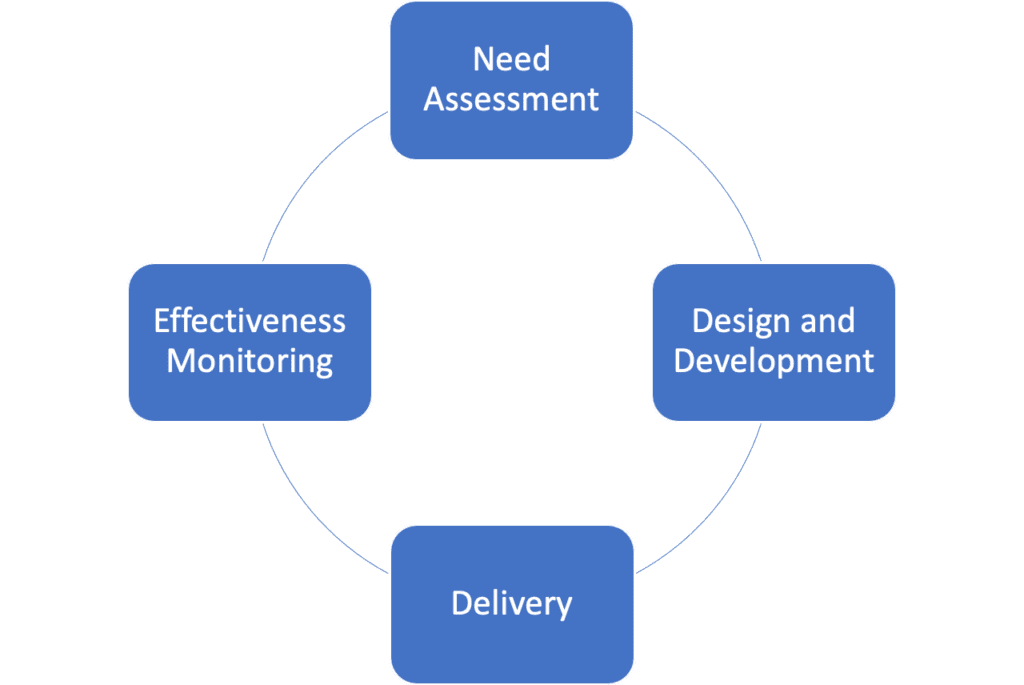
Questions must be asked in the first stage of Need Assessment :
Enroll Now!
Take the first step toward becoming a recognized leader in AI-driven change management: enroll today and secure your spot!
• Group Discounts: Special rates are available for teams and organizations.
• Contact Us: Reach out via email at info@consuledge.com or call us at (02) 8530 2669 for more details.
Any Questions?
So we can get to know you and your needs better
Here's What We Can Help With :
Run into a problem using Consuledge ? Check out our Policy for set-up guides and feature release notes.
- Contact our sales team to talk about your LMS requirements
- Get customer support
- Contact our partnerships team
- Answer any other questions you may have
FAQ
Who is this course designed for?
This course is ideal for business analysts, process designers, IT professionals, operations managers, and anyone involved in process modeling, workflow automation, or decision management. Whether you’re a beginner or experienced professional, the course will enhance your skills and knowledge of BPMN 2.0 and DMN.
What will I learn from this course?
You’ll learn the fundamentals of BPMN 2.0 and DMN, how to model business processes and decisions, handle complexity, integrate workflows with automation tools, and create execution-ready models. The course covers both strategic and operational process modeling to prepare you for real-world applications.
Do I need prior experience with BPMN or DMN to take this course?
No prior experience is required. The course begins with foundational concepts and progresses to advanced topics, ensuring that both beginners and experienced professionals can benefit from the training.
What tools will I need or use during the course?
You’ll be introduced to tools like Nintex and other BPMN-compatible platforms. However, no specific tools are required to begin, as the course focuses on concepts and practical techniques that can be applied across various platforms.
How is this course delivered?
The course is delivered through a mix of interactive sessions, hands-on exercises, and real-world case studies. You’ll gain practical experience in modeling processes, connecting decisions, and implementing workflow automation.


